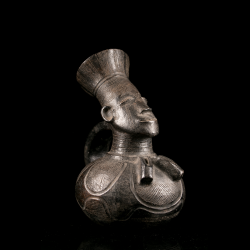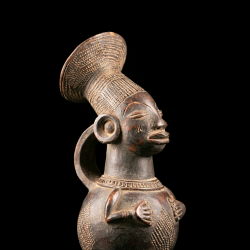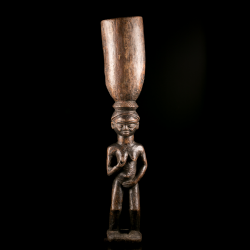Filter By
Origin
Origin
Presumed dating
Presumed dating
Ethnic group
Ethnic group
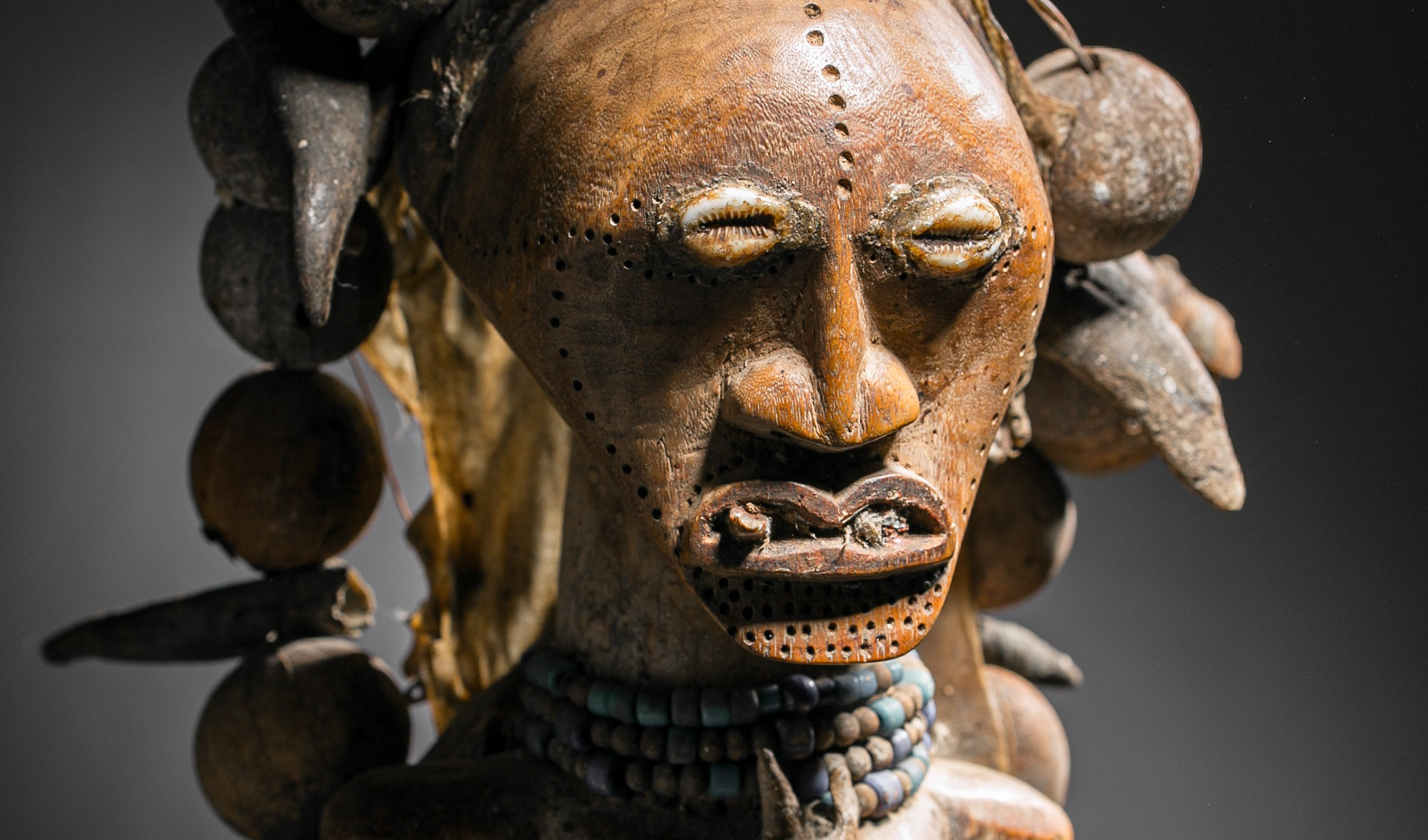
A century of African art: the Soubry family collection
African arts over three generations
A century is the length of time that the Belgian...
Read more

Masks in African Tribal Art
The millennial existence of masks in Africa
Traditional masks are found on every...
Read more
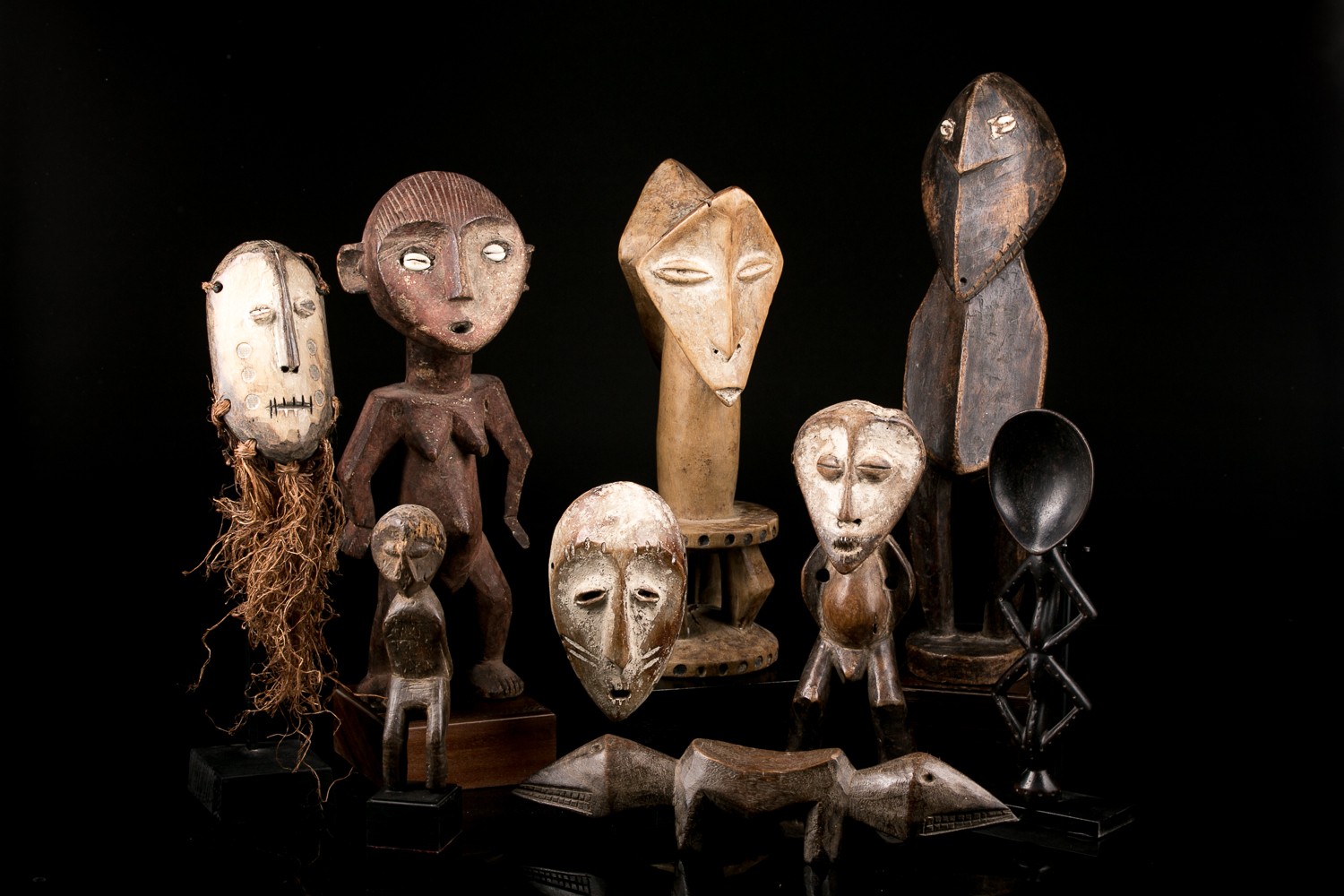
Lega: Art at the service of ancestors and initiation
Lega people in the Democratic Republic of Congo
When most of us think of the Democratic...
Read more
Recipients
Les récipients et coupes dans les corpus de l'art africain traditionnelLes sculpteurs africains ont laissé libre cours à leur inspiration et à leur créativité dans la confection de coupes et de récipients à usage tantôt fonctionnel, tantôt rituel. On retrouve ces objets dans de nombreux groupes ethniques à travers l'Afrique.
There are 3 products.
Showing 1-3 of 3 item(s)

